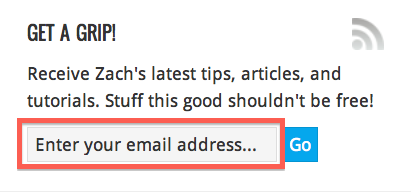— Larry, New York City
Great question! The driver shoulder turn is exactly like the irons: down and then around. The only real difference is the setup. We are slightly more upright because of the longer shaft. This makes the turn appear more flat, but it should feel the same as the irons.




